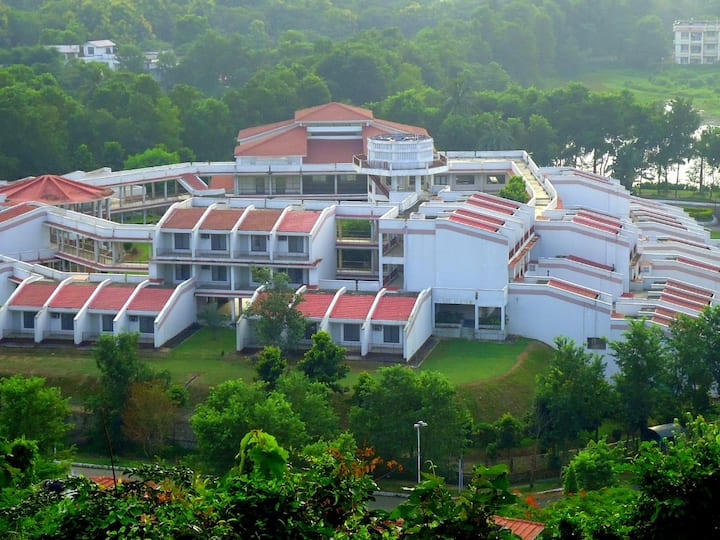Guwahati: The Indian Institute of Technology (IIT Guwahati) researchers have developed innovative technologies for sustainable and efficient utilization of tea waste from the tea industry. In line with the scope of the waste to wealth mission (W2W) of the Principal Scientific Adviser (PSA), Government of India, this research leverages a key regional resource to promote a more sustainable and diversified economy in the North Eastern states of India. The research will also fulfill the purpose of “Act East Policy” of Govt of India, “Advantages Assam” and “Biotechnology” policy of Govt of Assam.
As per a recent study, tea is one of the most widely consumed beverages worldwide with world tea consumption reaching 6.3 million tonnes and is expected to rise to 7.4 million tonnes by 2025. This huge increase in tea consumption leads to an increase in industrial tea waste generation which leads to non-utilisation of valuable agricultural resources and deterioration of environment. Because of its high lignin and low inorganic content, efficient utilization of tea industry wastes demands scientifically advanced techniques. Addressing these waste utilization and management issues becomes paramount as it aligns with sustainable practices and innovative solutions, ensuring both industrial growth and ecological preservation.
Addressing these issues, the research team led by Prof. Mihir Kumar Purkait, Department of Chemical Engineering, IIT Guwahati, has carried out cutting age research on the diversified application of tea factory waste to various pharmaceutical and foods products as an output of Abdul Kalam Technology Innovation National Fellowships of Indian National Academy of Engineering (INAE). These carbonaceous pharmaceutical materials form the basis for a broad spectrum of application-based commodities.
The range of innovative value-added products developed in their laboratory at IIT Guwahati include:
- Low-cost antioxidant-rich supplements are designed to provide an affordable healthier lifestyle option by harnessing green tea’s potential properties
- Organic preservatives developed from green tea have redefined food preservation by extending the shelf life of vegetable and fruit juices for up to one year, effectively reducing waste and ensuring long-lasting freshness
- In the sustainability realm, pharmaceutical super-grade activated carbon is setting new standards with its exceptional surface area, making it an incredibly versatile product in pharmaceutical as well as in Fast-moving consumer goods (FMGC)
- Biochar produced from the waste contributes significantly to waste reduction and environmental restoration including carbon sequestration in various contexts
- For pharmaceutical applications, the liquefiable carbon source promises innovative solutions that embrace the future of medicine
- Micro and nano-crystalline cellulose tailored for intelligent packaging brings intelligence to product packaging, satisfying the evolving demands of modern consumers and industries
- The developed carbon quantum dots are currently being explored for their sensing potential in detecting harmful contaminants in water bodies
- The research team has filed multiple patents on the basis of these developments. These include technologies related to:
- Catechins from green tea leaves are used to create organic preservatives, extending the shelf life of fresh fruit juices
- Spent tea leaves are processed into pharmaceutical-grade super-activated carbon
- Catechin powder is formulated for capsule preparation, with lightweight carbonaceous material added for catechin stabilization.
The findings of these studies have also been published in various international journals including the International Journal of Biological Macromolecules, Chemosphere, Critical Reviews in Biotechnology etc. This research has been carried out by Somnath Chanda, Prangan Duarah, and Banhisikha Debnath as a part of their PhD thesis work in the Centre for The Environment of IIT Guwahati.
Education Loan Information:
Calculate Education Loan EMI

